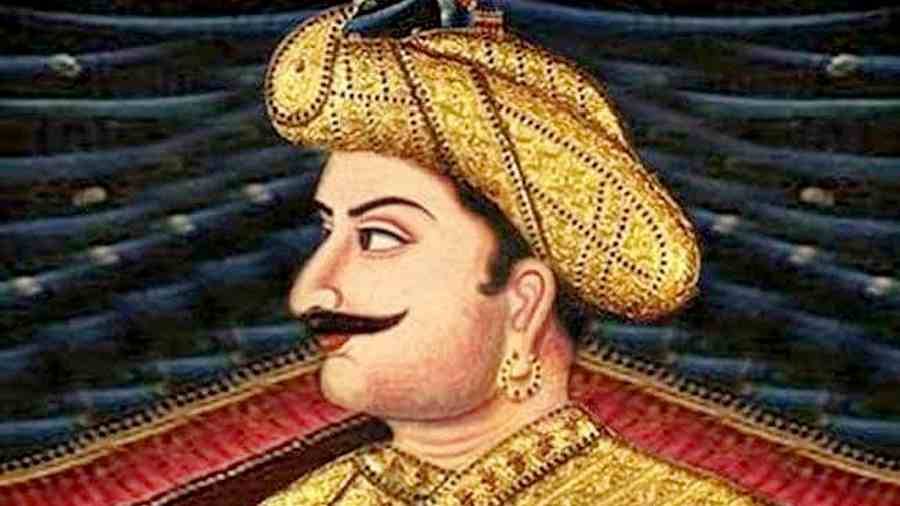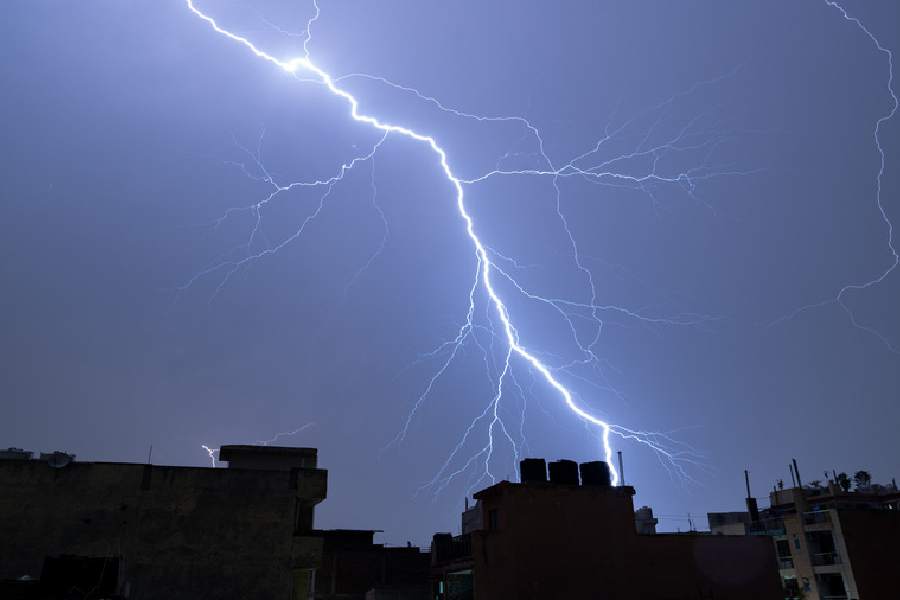History as a subject rarely hits the front-page headlines in national dailies. It did so in the closing week of 2022. Speaking at the newly-conceived ‘Veer Bal Divas’, Narendra Modi was reported to have said that concocted history leads to a sense of inferiority. His address on the occasion was about how India must be full of self-confidence and self-respect and how the ‘New India’ shaping under his rule is “correcting the mistakes of the bygone decades by restoring its long-lost legacy”. As usual, the electronic media was in full attendance and carried the message to the nation as some profound truth about history.
But many professional historians and trained social scientists are bound to have serious disagreements with the blanket dismissal of a vast body of learning. The point here is not to question the proclamation. The point is that on the very next day, the Indian History Congress was to meet in Chennai. M.K. Stalin, inaugurating the IHC’s 81st session, hit back out of anguish. “Distortion of history is a danger facing the country today,” he said. “The study of history should be based on scientific methods. Some people are attempting to construe illusions as history, which one should not believe.” His euphemistic reference to ‘some people’ should require no explanation. He also cited the 1994 nine-judge judgment by the Supreme Court, which stipulated secularism as the basic fabric of the Indian Constitution, and added, “we should all strive to create a secular society”. While this clash of visions on history was taking place, another battlefront between the South and the North was animated by a resolution in the Karnataka assembly and a counter-resolution in the Maharashtra assembly.
On the very day and almost the same hour as Stalin spoke in Chennai, Eknath Shinde’s government in Maharashtra was celebrating the strongly-worded resolution. It reads, “The state government stands resolutely with the Marathi speaking people in 865 villages and cities of Belgaum, Karwar, Nipani, Bidar and Bhalki that are being contested in the Supreme Court.” The Maharashtra assembly expressed the sentiment that it would fight for “every inch” of land. This was in retaliation to a resolution passed a week before by the Basava Bommai government in the Karnataka assembly. This despite both states having governments run by the same party. About a week before the Karnataka resolution was passed, the daughter of K. Chandrashekar Rao, the chief minister of Telangana, was questioned by the Central Bureau of Investigation in a Delhi liquor case (the policy has now been scrapped). One can go on and on, listing the growing instances of belligerence between the Centre and the southern states in the last few years. It may escape popular memory but towards the end of the first term of the Narendra Modi government at the Centre, the finance ministers of the southern states had convened a meeting to draw attention to how the goods and services tax has been draining the South of its economic gains. The recommendation of the Language Committee headed by Amit Shah which places Hindi in a superior position over the other scheduled languages, mainly the Dravidian languages, would, however, be fresh in public memory. The tension between North and South on language, land and economy, which had been simmering all along since Independence, is being brought to a boiling point by the Rashtriya Swayamsevak Sangh as well as the Bharatiya Janata Party-led government. One needs no expert opinion to decide whether the BJP’s domestic relations policy is worse than its policy of relations with India’s neighbours. Both are vying with each other for disastrous consequences implicit for the Indian people and the Indian federation.
The South is by no means culturally or linguistically homogenous. It has its full share of internal paradoxes and contradictions. In the context of the Indian federation, it has distinctive personality and presence. Throughout India’s long past, it has shown a discernible commonality as a ‘region’ and a ‘subnationality’. In prehistoric times, the South hosted homo sapiens much before they found habitats in the heartland of the subcontinent. The spread of Sanskrit in the northwest and the North and its slow trickle-down effect on the Prakrits in the East could not replace the Dravidian languages. The Ramayana does appeal to the South, but not in the same way as it appeals to the people in the North. The Mahabharata war is for the southern people more a matter of myth than a matter of history of a kind as people in Uttar Pradesh and Haryana like to believe. Hinduism has had its spread in the South, but the trajectory of the Hindu thought in the South differs fundamentally from that in the North.
The impact of Islamic rule is also perceived differently in the South than in the North. The social bind between the Muslims and the Hindus has a significantly different character in Kerala, Tamil Nadu and Telangana than in Uttar Pradesh or Gujarat. Not aware of the difference, V.D. Savarkar put Aurangzeb and Tipu Sultan in the same clause of a sentence when he outlined his theory of ‘Hindudom’ and ‘Hindutva’. In “Some of the Basic Principles and Tenets of the Hindu Movement”, he writes, “Swaraja to the Hindus must mean only that ‘Rajya’ in which their ‘swatva’, their ‘Hindutva’ can assert itself without being over-lorded by any non-Hindu people, whether they be Indian territorials or extra-teritorials: Some Englishmen are and may continue to be territorially born Indians. Can, therefore, the over-lordship of these Anglo-Indians be a ‘swarajya’ to the Hindus? Aurangzeb or Tippu were hereditary Indians, nay, were the sons of converted Hindu mothers. Did that mean that the rule of Aurangzeb or Tippu was a ‘swarajya’ to the Hindus? No! Although they were territorially Indians they proved to be the worst enemies of Hindudom and therefore, a Shivaji, a Gobind Singh, a Pratap or the Peshwas had to fight against the Muslim domination and establish a real Hindu swarajya.” (Italics in the original.)
The fact of history is that the Peshwas had joined hands with the British when Tipu was fighting them. The fact also is that despite the enormous divisive propaganda by the BJP, ordinary people in Karnataka and other southern states do not view Tipu through the prism set for him by Savarkar. And the fact is that the Constitution of India outrightly rejects this formulation by having granted ‘equal citizenship’ to all Indians.
The tension between the BJP’s coveted Hindu rashtra and the southern States has been brought by the Central government to a brink. The statements by Modi and Stalin call for a deep reading. The situation calls for wisdom and statesmanship in order to avert further alienation being imposed on the South. After all, a good understanding of history needs not just self-respect; it needs — even more — respect for all.
G.N. Devy is Chair, The People’s Linguistic Survey of India










